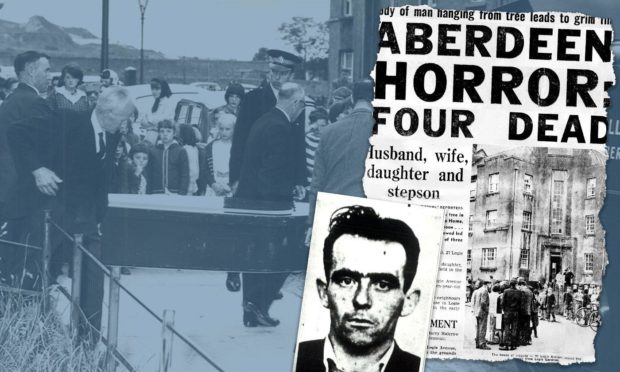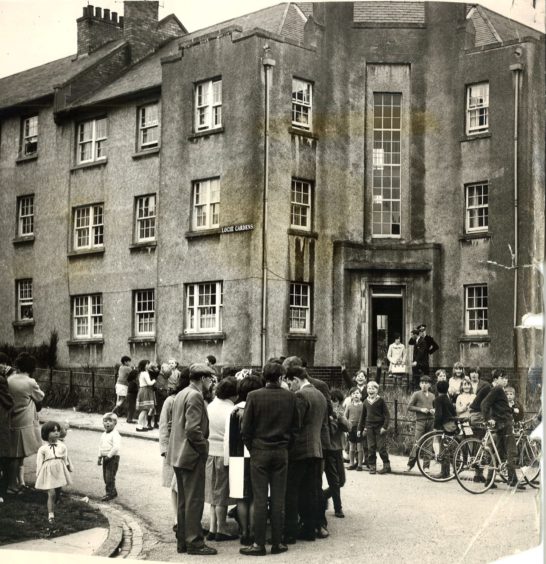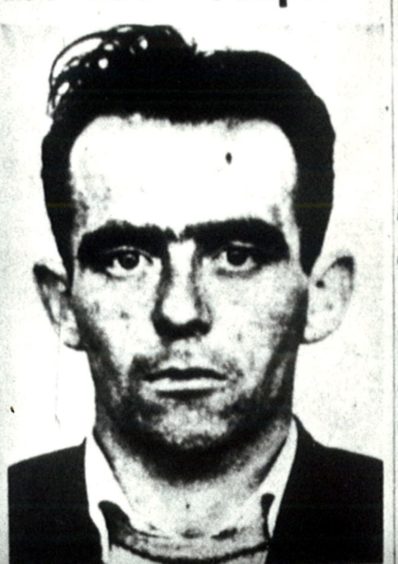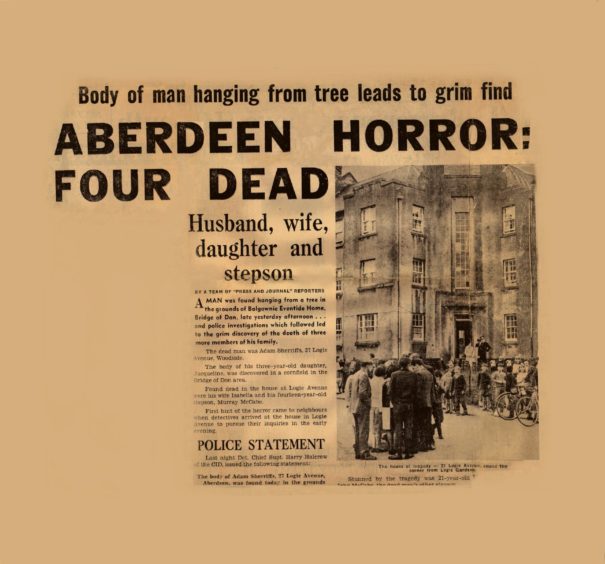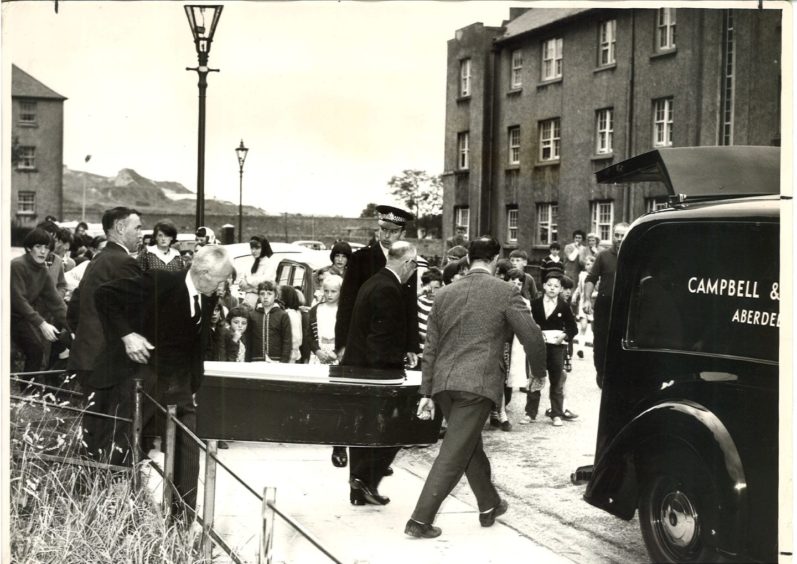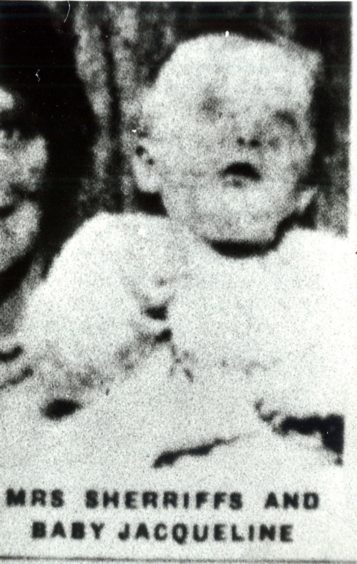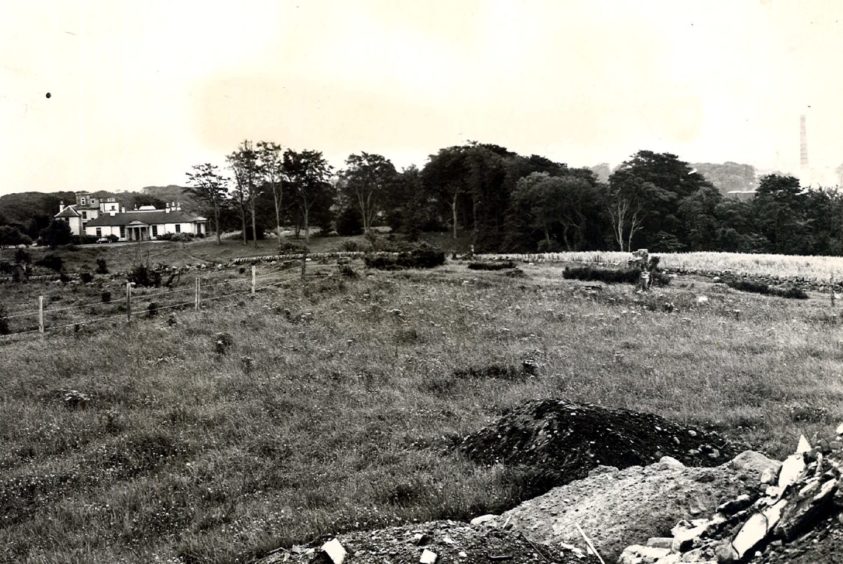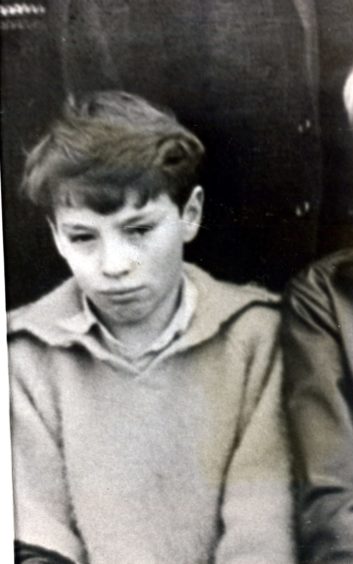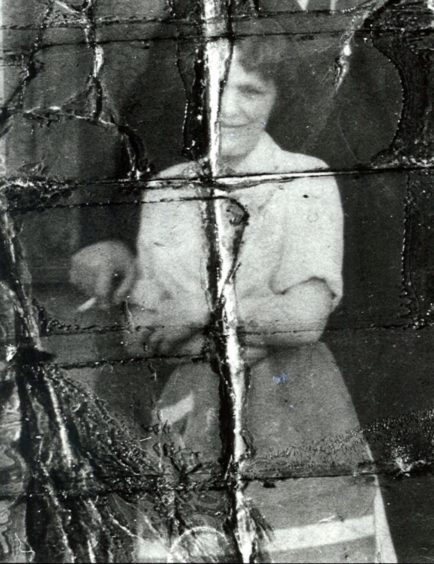It was one of the most gruesome series of crimes ever committed in Aberdeen.
And even now, 55 years later, the events which took place in the ground-floor flat of a Middlefield tenement and elsewhere in the city in July 1966 remain inexplicable.
The ghastly pieces of the tragedy started to fall together when John McCabe, a 21-year-old crewman on the trawler Summervale, returned from his work in the North Sea and made his way to 27 Logie Avenue.
Since their marriage a year earlier, he and his teenage wife, Eileen, had been unable to find a home of their home and the couple had taken to staying with their relatives.
However, when Mr McCabe walked into the flat, there was no sign of his mother, Isabella Sherriffs, 42, her son by a previous marriage, Murray McCabe, 13, or her husband, Adam Sherriffs, 38, and the couple’s three-year-old daughter Jacqueline.
John was surprised to find the property empty, with the bedroom locked, but it was the holiday season and he had no reason to suspect anything was amiss.
The next day, Eileen, who had been staying with her mother just a couple of miles away in Torry, joined her husband and they tried to find out what had happened to the occupants at the dwelling.
It was the start of a nightmare which, in the next few days would command front-page headlines in newspapers all over the country.
No news was bad news for John
Although he was not overly concerned the following morning, John visited his grandmother, Mrs Georgina Gray, in Causewayend, to find out if she had any information about the family’s whereabouts.
But his fears increased when she told him that, while he had been at sea, his stepfather had called on her to pass on the information that Isabella had walked out on him.
Mr Sherriffs, who had been accompanied by Jacqueline, also made a series of vague remarks about how the family were staying with his father at Blackdog, a few miles north of the city.
Yet there was something about the whole story which didn’t sit right with John: surely, if everything was okay, he could talk to Mr Sherriffs and sort out what was going on.
But it was too late for any of that.
As the late crime reporter, Norman Adams, wrote: “On the afternoon of Wednesday July 27 1966, there was a fateful knock on the door at No 27 and the police broke the news that Mr Sherriffs had been found dead.
“Earlier that day, retired farmer, Hector Strachan, was walking along the north bank of the River Don when he stumbled upon the blood-chilling sight of a hanged man.
“He had hanged himself from a tree in the grounds of Balgownie Eventide Home in Bridge of Don, about three miles from his home.
“In his pocket was a note that outlined the tragic fate of his wife and the two youngsters.
“He had murdered them.”
Bodies were found beneath the floorboards
Unsurprisingly, the Press and Journal reported extensively on the killings the next day with the headline emblazoned on the front page “Flat Horror: Four Dead.”
It detailed how police had confirmed that Sherriffs had strangled Isabella and Murray and then concealed their bodies under the floorboards at the flat on Logie Avenue, where officers discovered the remains below a hatch in the hallway.
As if that wasn’t terrible enough, he had subsequently made his way to Balgownie with Jacqueline and strangled the little girl in a cornfield.
Then, as if in a trance, he walked the small distance to a wood overlooking the river and took his own life.
The Press and Journal revealed how neighbours of the family had been left shocked and stunned after learning of the news. One woman told the paper: “They always seemed to get on fine. This is unbelievable. It doesn’t make sense.”
Another remarked: “We all knew Bella and Jacqueline, they were a lovely pair and she really loved her wee lassie to bits. It breaks my heart to think they are both gone.”
‘It was horrible to think we stayed there’
The flat quickly became the centre of intense activity as murder detectives moved in and were joined by the procurator fiscal and a police doctor. An officer stood guard at the front door and only tenants who lived in the three-storey tenement were allowed into the building.
But there was nothing to be done, beyond officers and the public alike asking the same question: Why on earth had this happened?
Mr Adams said: “A corporation joiner was called and, more than two hours after detectives had arrived at the flat, two coffins were removed to the police mortuary.
“John and Eileen McCabe had gone to an upstairs neighbour when police first turned up at the property, but as Eileen left for her mother’s home in Torry, she glanced into the death flat.
“The hatch behind the front door had been raised and, as she later said: ‘It was horrible to think we had been staying there without knowing their bodies were in the house.”
‘We’re not looking for anybody else’
As the hours passed, and the shadows lengthened, a joint statement was issued by Aberdeen CID chief, Detective Superintendent Harry Halcrow, and his Aberdeenshire Constabulary counterpart, Bill Glennie.
The latter force was involved in the investigation because, in these days, they had jurisdiction over the area where the bodies of Sherriffs and his daughter were found.
During their press conference at Aberdeen City Police headquarters, DS Halcrow told the media about the grim discoveries which had been unearthed at 27 Logie Avenue and said inquiries were continuing into the incidents.
However, they had already reached the conclusion that, following the confession in Sherriffs’ note, they were not looking for anybody else.
On the following day, July 28, the procurator fiscal, Andrew McNicol, spelled this out when he said: “Police inquiries indicate that no other person is involved in this tragedy. It is not proposed to issue any further statements.”
It was like a bad dream for John and Eileen
Yet, while that was the end of the matter, from an official perspective, it didn’t answer the central question. Namely, what had provoked Sherriffs to embark on such a murderous rampage in the first place?
After all, this was a family with no history of violence or criminality. On the contrary, the contemporary accounts all described Mrs Sherriffs as a popular figure in the community, somebody who had combined her domestic chores with jobs in cafes to make life as good as possible for those who were in her circle of family and friends.
A piece in the Evening Express, emotively headlined “Young Aberdeen couple spent week in house of horror”, reported on how Sherriffs’ workmates had been both appalled and astonished when they learned of his actions.
At Balnagask, where he had plied his trade as a steel erector for many years, one former colleague said: “Adam kept himself to himself and he focused on his job, but he always seemed to us to be a decent, down-to-earth lad with a dry sense of humour.”
Another added: “Adam was a very quiet, steady-going chap and he was a good worker. I don’t have any idea what could possibly have happened to cause this.”
The senselessness of it all still lingers
That numbness hung over the city before and during the funerals with copious tears being shed for the victims and, in particular, for Jacqueline, the tiny bairn who followed her father with her hand in his when he left the place they called home.
Later, John McCabe claimed that the couple had enjoyed a happy marriage, even if there were occasional disagreements.
He said: “My stepfather adored my mother and he wanted to be with her all the time. He loved Murray and he adored Jacqueline.”
John did indicate to the Daily Record that there had been “tension” in the family and added “it was no secret” that his stepfather had sometimes drunk to excess.
But, as he concluded: “I never dreamed that anything like this would ever happen.
“This has been a nightmare. I wish someone could tell me it is not true.”
More than half a century on, the senselessness of the crimes still lingers.
